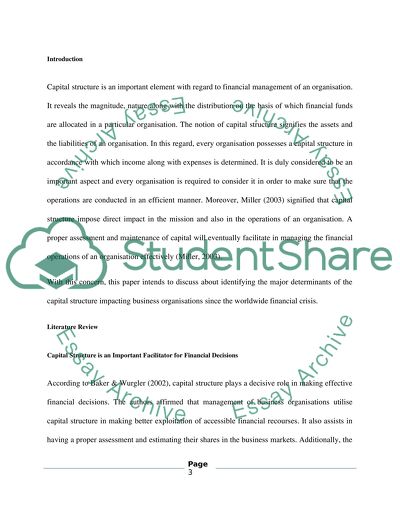Cite this document
(“Undertake a review of the current literature to identify the key”, n.d.)
Undertake a review of the current literature to identify the key. Retrieved from https://studentshare.org/finance-accounting/1491115-undertake-a-review-of-the-current-literature-to-identify-the-key-determinants-of-capital-structure-since-the-global-financial-crisis
Undertake a review of the current literature to identify the key. Retrieved from https://studentshare.org/finance-accounting/1491115-undertake-a-review-of-the-current-literature-to-identify-the-key-determinants-of-capital-structure-since-the-global-financial-crisis
(Undertake a Review of the Current Literature to Identify the Key)
Undertake a Review of the Current Literature to Identify the Key. https://studentshare.org/finance-accounting/1491115-undertake-a-review-of-the-current-literature-to-identify-the-key-determinants-of-capital-structure-since-the-global-financial-crisis.
Undertake a Review of the Current Literature to Identify the Key. https://studentshare.org/finance-accounting/1491115-undertake-a-review-of-the-current-literature-to-identify-the-key-determinants-of-capital-structure-since-the-global-financial-crisis.
“Undertake a Review of the Current Literature to Identify the Key”, n.d. https://studentshare.org/finance-accounting/1491115-undertake-a-review-of-the-current-literature-to-identify-the-key-determinants-of-capital-structure-since-the-global-financial-crisis.


